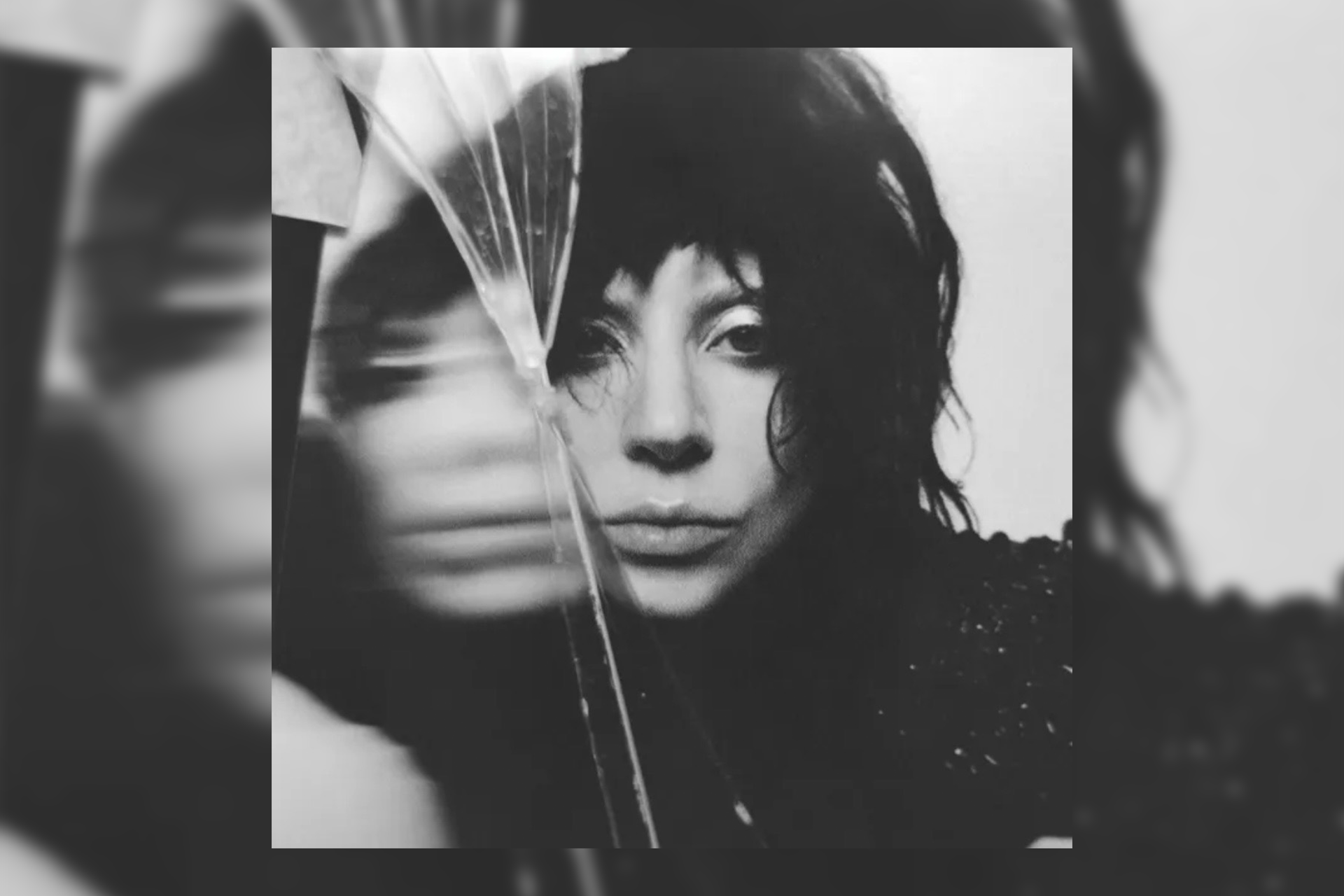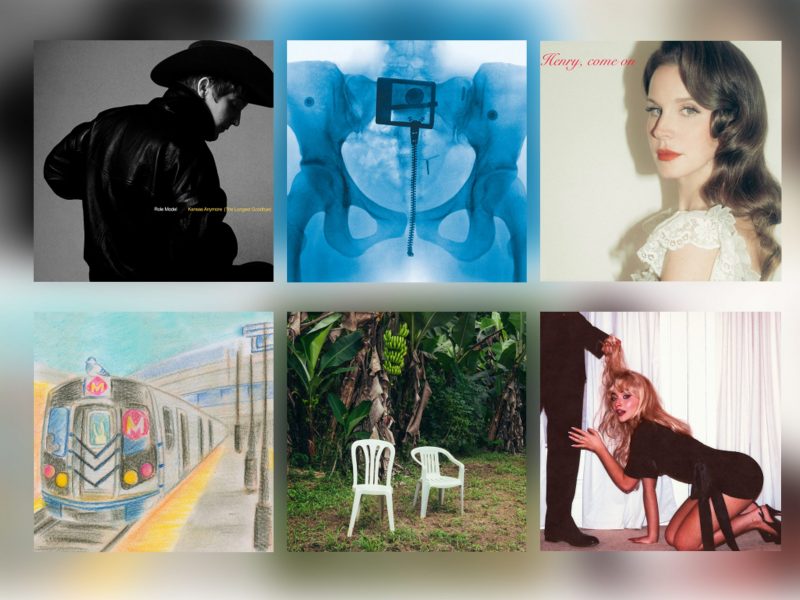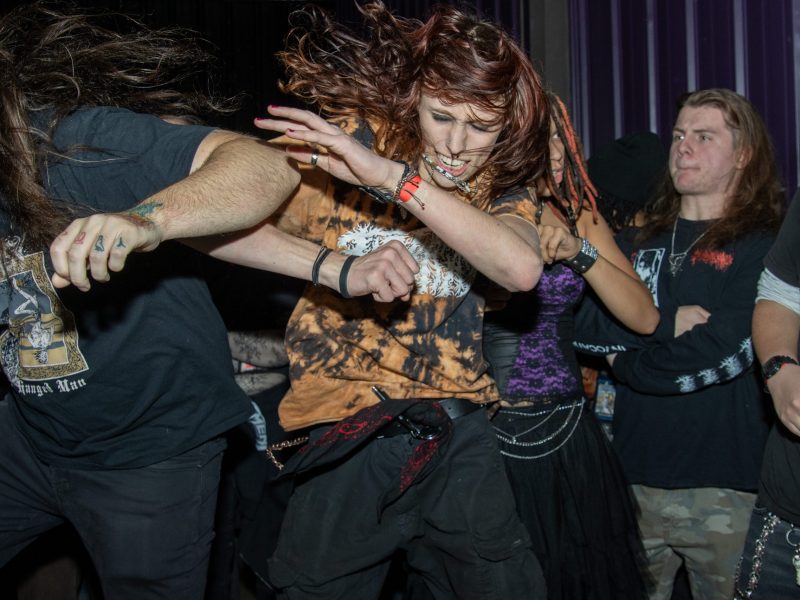It’s time I address the concept of “nachos.”
The term, which originated from a TikTok starring a Baddies creator Natalie Nunn, slowly evolved in online spaces to describe an amorphous concept or idea. Think about a time when you want to subtly accuse an artist of inauthenticity or self-plagiarism but can’t quite call them out. Instead, you insist they’re “reheating nachos.”
Shakira reheated Beyoncé’s nachos with her chrome-themed world tour; Tate McRae and Addison Rae continue to nibble on Britney Spears’ nachos in their battle for the title of darling pop princess; BTS’ debut album stole the recipe for BlockB’s Welcome to the Block nachos. You get the idea.
As the line between unobtainable celebrity and dotting fan grows nonexistent, Lady Gaga recently revealed in an interview about her new album, Mayhem, that she not only knows about the meme, but is proud she invented her own nachos.
When the singer first teased the album with “Disease” — a writhing industrial techno track reminiscent of Born this Way b-sides — it felt like a return to form. After the hollow house beats of Chromatica and the sudden, multiple forays into jazz, was Gaga revisiting the innovative dark synth that catapulted her to stardom?
[Julius Rodriguez electrifies The Clarice with genre-blurring jazz, boundless energy]
One might think so, especially with the release of the third single, “Abracadabra,” which carries a similar The Fame Monster flair.
But the use of “nachos” offline is restrictive. It doesn’t capture the complex ways artists pull from the past while yet keeping their finger on the present’s pulse. What made Gaga’s “nachos” so compelling at the start was her eagerness to innovate while maintaining a deep respect for her inspirations.
Her voice beams with an energy not seen since The Fame on the album’s third track “Garden of Eden” — opening with a fuzzy static baseline, similar to a motif of her debut. The waves of electro-crash complement the first two singles, but this is the last we hear of the “old Gaga.”
Suddenly, Mayhem unravels into layered funk baselines and ’80s retro-futurism. It sounds nothing like what she’s done before — and that’s exactly what we’ve come to expect.
Where Gaga could’ve fallen into the lazy nu-disco pastiche running through pop music this decade, the LP is a didactic body, hoping to revive the forgotten elements of dance music revivals.
“Killah” featuring Gesaffelstein is rich in it’s David Bowie influence with laid back electric guitar and Gaga’s theatrical cadence. But she doesn’t linger on inspiration for long. Instead, she distorts the back end of the song with strobe-lit synths and torn vocals, syncopating the rhythm into glitchy madness.
This chaos extends to her lyrics, which grow increasingly horrorcore within the unraveling production in the lyrics “I’ll burn a hole right through your eyes / Lookin’ at you like a zombie killah, hungry for a homicide.”
She keeps the zombie theme in “Zombieboy” — a nebulous disco fantasy decorated with bells and violins, carried by a punching synthesizer solo at the bridge.
The intensity of the tracks back to back could overwhelm a smaller artist, and we’re definitely past the album’s best run. But Gaga controls the energy with the beautiful ’80s pop ballad joy of “LoveDrug” and Taylor Swift’s 1989-style synths on “How Bad Do U Want Me,” dragging us back to the 21st century.
[Actress, UMD alum Poorna Jagannathan discusses new show ‘Deli Boys’]
Mayhem technically concludes with its juggernaut hit “Die With A Smile,” but its true farewell comes in the piano ballad “Blade of Grass.” Inspired by a conversation with her now fiancé about proposals, the track imagines how wrapping a blade of grass around her finger would be enough.
Gaga croons about love as she does in every project — it’s phenomenal every time — but stopping here, after the chaotic journey through her musical landscape, feels right.
Laying the past out before her, she’s joyfully moving on to new adventures, but not before throwing one last party. As she lets go, it might benefit us all to do the same.



